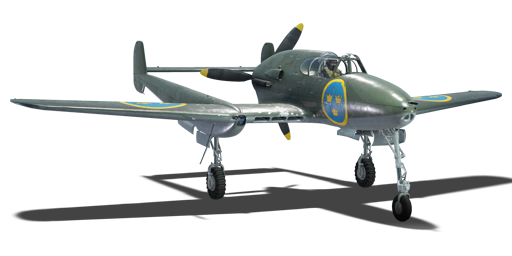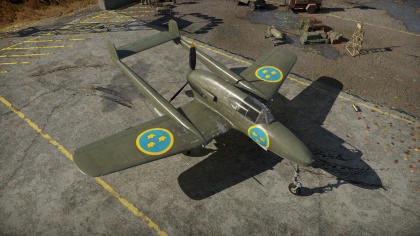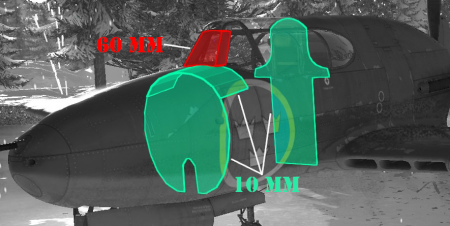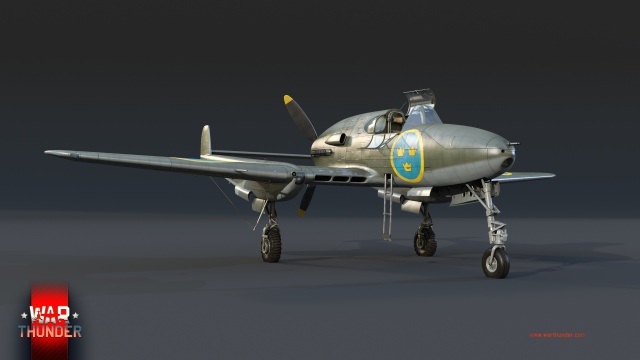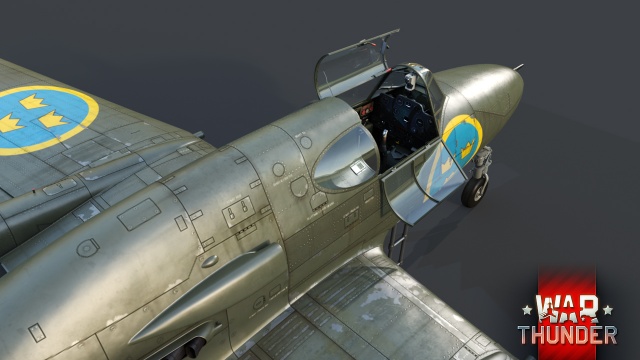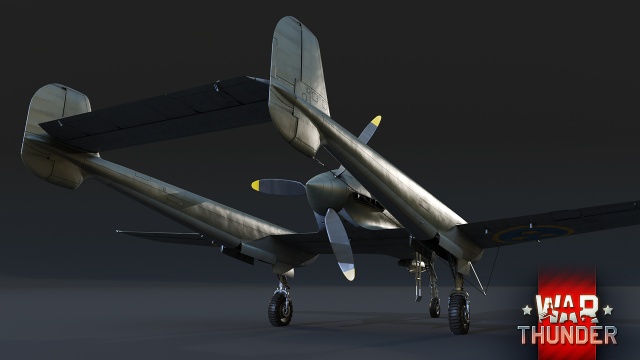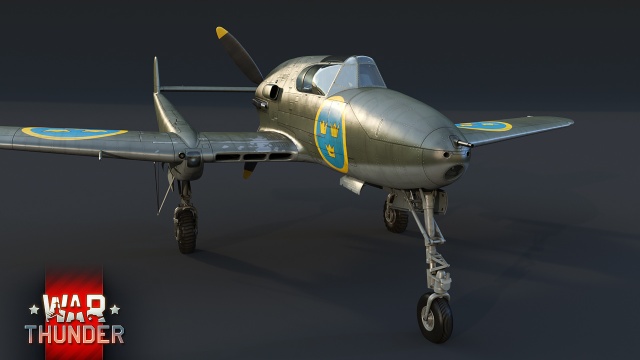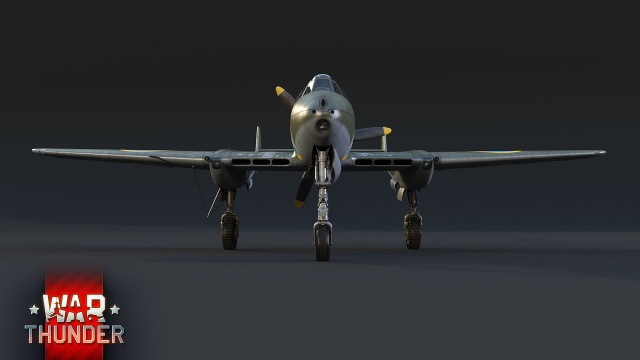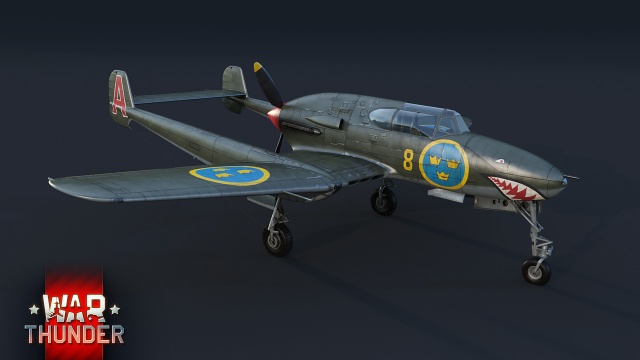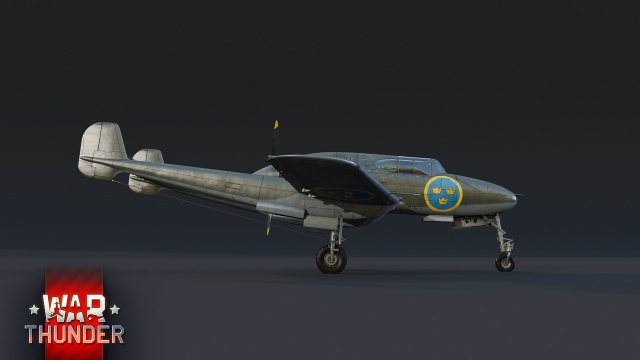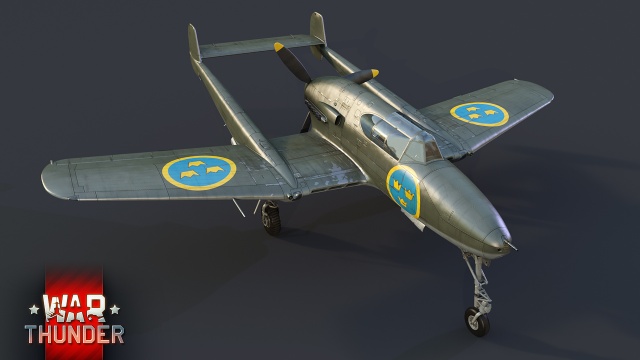Difference between revisions of "J21A-1"
(→Flight performance) (Tag: Visual edit) |
(→Usage in battles) (Tag: Visual edit) |
||
| Line 87: | Line 87: | ||
== Usage in battles == | == Usage in battles == | ||
<!-- ''Describe the tactics of playing in the aircraft, the features of using aircraft in a team and advice on tactics. Refrain from creating a "guide" - do not impose a single point of view, but instead, give the reader food for thought. Examine the most dangerous enemies and give recommendations on fighting them. If necessary, note the specifics of the game in different modes (AB, RB, SB).'' --> | <!-- ''Describe the tactics of playing in the aircraft, the features of using aircraft in a team and advice on tactics. Refrain from creating a "guide" - do not impose a single point of view, but instead, give the reader food for thought. Examine the most dangerous enemies and give recommendations on fighting them. If necessary, note the specifics of the game in different modes (AB, RB, SB).'' --> | ||
| − | + | This plane is best used as a support aircraft, it is too slow to take into dives reliably and suffers from Yak like rip speeds, without any of the benefits that the Yaks have in agility. Any planes of its own tier will reliably have the upper hand. You are in no way shape or form faster than most aircraft your tier, do not try to act as such. | |
| − | |||
| − | |||
==== Specific Enemies Worth Noting: ==== | ==== Specific Enemies Worth Noting: ==== | ||
Revision as of 03:40, 10 October 2020
Contents
| This page is about the Swedish fighter J21A-1. For other versions, see J21 (Family). |
Description
The J21A-1 is a rank IV Swedish fighter
with a battle rating of 5.3 (AB), 4.3 (RB), and 3.3 (SB). It was introduced in Update 1.95 "Northern Wind" along with the rest of the Swedish air tree.
General info
Flight performance
The J21 series is arguably the most iconic propeller-engined aircraft to ever come out of Sweden. For the time, they were underpowered, slow aircraft that were were outclassed by nearly all opponents it could have faced. Its distinctive twin-boom, rear-engined facia is easy to recognize and its performance is nothing to scoff at either. The Akan m/39A's are some of the most effective non-cannon aircraft weaponry in the game, boasting superior aspects to even the famed M2 Browning - Specifically in terms of raw stopping power and muzzle velocity - and their Akan m/41A is quite powerful as well. However, the plane is not agile enough to get guns on target often and any engagement is generally a losing proposition.
| Characteristics | Max Speed (km/h at 4,300 m) |
Max altitude (metres) |
Turn time (seconds) |
Rate of climb (metres/second) |
Take-off run (metres) | |||
|---|---|---|---|---|---|---|---|---|
| AB | RB | AB | RB | AB | RB | |||
| Stock | 616 | 599 | 10800 | 21.0 | 21.9 | 12.6 | 12.6 | 300 |
| Upgraded | 666 | 640 | 19.0 | 20.0 | 19.0 | 15.5 | ||
Details
| Features | ||||
|---|---|---|---|---|
| Combat flaps | Take-off flaps | Landing flaps | Air brakes | Arrestor gear |
| ✓ | ✓ | ✓ | X | X |
| Limits | ||||||
|---|---|---|---|---|---|---|
| Wings (km/h) | Gear (km/h) | Flaps (km/h) | Max Static G | |||
| Combat | Take-off | Landing | + | - | ||
| 683 | 325 | 460 | 460 | 325 | ~11 | ~5 |
Survivability and armour
- 10 mm steel - Firewall armour plate
- 10 mm steel - Firewall cover armour plate
- 10 mm steel - Pilot's back armour plate
- 60 mm bulletproof glass
Armaments
Offensive armament
The J21A-1 is armed with:
- 1 x 20 mm Akan m/41A cannon, nose-mounted (140 rpg)
- 2 x 13.2 mm Akan m/39A machine guns, nose-mounted (350 rpg = 700 total)
- 2 x 13.2 mm Akan m/39A machine guns, wing-mounted (325 rpg = 650 total)
The automatkanon m/41A is essentially a slower firing Hispano 404 with more ammunition, with all the advantages and disadvantages that come with it. While one might think that the slower firing speed is a disadvantage, it is just high enough to still be effective and is very beneficial for conserving ammunition. It is important to note that when stock, the cannon is very inaccurate and overheats quickly, but becomes quite accurate after modifications.
The complimentary automatkanon m/39A heavy machine guns are, as mentioned previously, arguably the best non-cannon weapons in the game. Their high muzzle velocity, VERY high fire rate and reasonable accuracy allow them to saturate the sky with lead. The higher calibre of 13.2 mm allows for more stopping power than the typical 12.7 mm, and turns them from a nuisance to a threat. It is interesting to note that due to their HEF-T rounds, they technically fall under the category of "cannon", as normally exploding rounds typically start at 20 mm.
Usage in battles
This plane is best used as a support aircraft, it is too slow to take into dives reliably and suffers from Yak like rip speeds, without any of the benefits that the Yaks have in agility. Any planes of its own tier will reliably have the upper hand. You are in no way shape or form faster than most aircraft your tier, do not try to act as such.
Specific Enemies Worth Noting:
- P-47D-25/28: The high-speed Thunderbolts are a menace in any game mode. They are some of the fastest things in the bracket and sport an octet of the late M2 Brownings that will set you ablaze in a few short bursts. While they are already quick at medium altitudes, they become even faster at high altitudes, easily blitzing past the poor J21. However, they turn incredibly poorly and climb just as bad. The go-to tactic versus a P-47 is to turn with it in order to get on its tail then melt it with your guns.
- M.B.157: The 157 is one of the worst enemies you can come across as it is basically a Thunderbolt that can turn and climb. Its ludicrous speed along with excellent climb rate and its above-average manoeuvrability make for an enemy that you cannot face in a 1-on-1. Your best bet is to try to head-on it if you can manage to do so. The one Achilles heel of the 157 is its low ammunition count, so try to get it to waste as much ammo as possible before it needs to disengage. At this point, you can either try to gun it down or attempt to regain altitude so you may catch it later.
- Bf 109 F series: The F series of 109's are noteworthy adversaries whose strengths change with the model. The F-1 and F-2 will turn better than you and climb quite well but you are quite a bit faster than them, but the F-4 is almost a hard counter depending on if it runs gunpods. Without gunpods, the F-4 out-speeds, outclimbs, outturns and out-accelerates the J21, outclassing it in every way. But since most F-4's run gunpods, their decreased performance helps even the odds. Boom-n-Zoom the F-1 and F-2, head on the F-4.
Manual Engine Control
| MEC elements | ||||||
|---|---|---|---|---|---|---|
| Mixer | Pitch | Radiator | Supercharger | Turbocharger | ||
| Oil | Water | Type | ||||
| Not controllable | Controllable Auto control available |
Controllable Auto control available |
Controllable Auto control available |
Separate | Not controllable 1 gear |
Not controllable |
Modules
| Tier | Flight performance | Survivability | Weaponry | ||
|---|---|---|---|---|---|
| I | Fuselage repair | Radiator | Offensive 20 mm | ||
| II | Compressor | Airframe | Offensive 13 mm | ||
| III | Wings repair | Engine | New 20 mm cannons | ||
| IV | Engine injection | Cover | New 13 mm MGs | ||
Pros and cons
Pros:
- Very stable, does not stall in level flight even with the throttle set to zero
- Engine protected from head-on attacks
- Highly effective and accurate armament layout that will tear through enemies like paper
- Can take quite a few hits and still fly reasonably well
- Very high energy retention
- Easy to land thanks to its tricycle landing gear
- Rear-mounted engine makes head-ons safer (can't be hit during head-on)
Cons:
- Pusher aircraft, engine mounted facing rear, can be hit by tailing aircraft
- Required to set convergence due to wing-mounted machine guns
- Agility is quite poor, it is subpar to most aircraft
- High repair cost
- Engine overheats during takeoff
- Very low rip speed - cannot push past 640 km/h (400 mph) without threatening to rip off wings
History
The SAAB 21 is a twin-boom pusher fighter and attacker designed by the famed Swedish engineer Frid Wänström (pronounced "Vanstrom"), who also worked on the SAAB 29 Tunnan, 32 Lansen, 35 Draken and 37 Viggen. In the anticipation and wake of World War 2, Sweden was concerned over its neutrality policy coming under threat by the other European countries, specifically hostile ones such as Nazi Germany. In order to deter belligerent forces and potential aggressors, the Swedish Air Force created a major plan to modernize their fleet, which included the import of foreign models such as the Italian CR.42 and Re.2000 as a stopgap measure.
Meanwhile, Swedish corporation SAAB began studying designs for the possible development of a new, high-performance fighter aircraft. Most of the designs were based around the Bristol Taurus two-row 14 cylinder radial engine developing around 1,000~1,100 horsepower. The most promising design was a twin-boom pusher layout and made use of many new features unfamiliar to the SAAB technicians and engineers at the time, but was able to compete with the other fighter aircraft at the time while also maintaining several advantages such as a heavy amount of nose-mounted armament and superior pilot visibility, along with ease of maintenance. The design was kept dormant until 41, as Sweden was beginning to see that it would not be able to procure improved foreign models as a result of the war, they started another rearmament program to adopt advanced indigenous fighter aircraft.
Accordingly, SAAB blew the dust off of their old twin-boom design and set to work. Earlier on, it was decided to replace the Bristol Taurus with an American Pratt-&-Whitney Twin Wasp, but this was changed when the engine manufacturer Svenska was requested to provide an alternative engine, which was difficult due to the time constraints. Thus, they decided that a licensed engine would be the best course of action. The legendary German Daimler-Benz DB 605 that powered many famous designs was chosen and modified to fit Swedish needs. Three prototypes were completed and its maiden flight was completed in 1942.
The type was delivered in 1945, and a total of 300 models were produced.
Media
See also
- Related development
External links
| Swedish Aeroplane Company Ltd. (SAAB) | |
|---|---|
| Pre-SAAB: SA / ASJA | |
| SA 'Jaktfalken' | J6B |
| SAAB 17 | B17A · B17B · S17BS |
| SAAB 18 | B18A · B18B · T18B · T18B (57) |
| SAAB 21 | J21A-1 · J21A-2 · A21A-3 · J21RA · A21RB |
| SAAB 29 'Tunnan' | J29A · A29B · J29D · J29F |
| SAAB 32 'Lansen' | J32B · A32A · A32A Röd Adam |
| SAAB 35 'Draken' | J35A · J35D |
| SAAB 37 'Viggen' | JA37C · JA37D · JA37DI · JA37DI F21 · AJ37 · AJS37 |
| SAAB 39 'Gripen' | JAS39A · JAS39C |
| SAAB 105 | SK60B · SAAB-105G |
| License Production | B3C (Ju 86K) |
| Export | SAAB-105OE · J35XS · ▄JAS39C · ◔JAS39EBS HU C |
| Sweden fighters | |
|---|---|
| ASJA | J6B |
| Saab | J21A-1 · J21A-2 · A21A-3 |
| FFVS | J22-A · J22-B |
| Foreign Import | J8A · Iacobi's J8A · J9 Early · J11 · J20 · J26 David · J26 |
| Finland | |
| VL | Mörkö-Morane · VL Myrsky II · VL Pyörremyrsky |
| (NL) Fokker | ▄Fokker D.XXI-3 · ▄Fokker D.XXI |
| (DE) Messerschmitt | ▄Bf 109 G-2 · ▄Bf 109 G-6 Erla · ▄Bf 109 G-6 |
| Other | ▄B-239 · ▄Hurricane Mk I/L |


